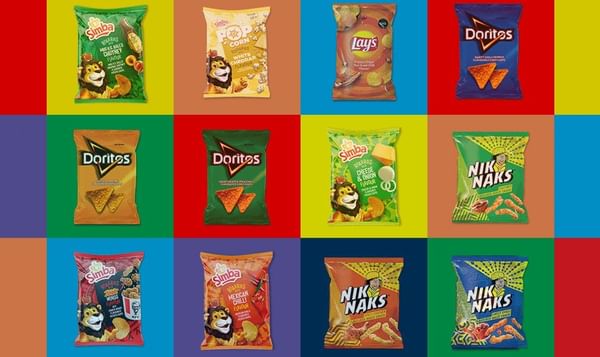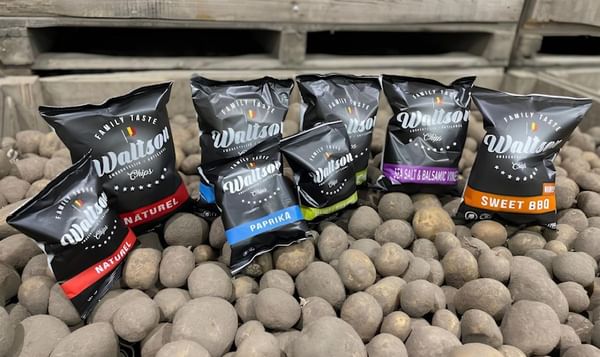Potatoes that have turned 'green' can potentially contain a naturally occurring toxin called Glycoalkaloids and pose a risk to public health according to a review paper published in the latest online issue of SCI's Journal of the Science of Food and Agriculture (JSFA).
However, the good news is that cutting away the 'green' affected area is enough to eliminate most of the Glycoalkaloids to reduce the risk.
The paper also suggests that the levels of Glycoalkaloids in potatoes can be controlled effectively by adopting appropriate pre-harvest and post-harvest practices – and therefore farmers and producers can do much to reduce the public risks of Glycoalkaloids.
Some measures include keeping tubers well covered with soil during growth, allowing them to mature before harvesting, avoiding harvest at very high temperatures and minimising exposure to light.
Glycoalkaloids are a naturally occurring toxic substance in potatoes that have antimicrobial, insecticidal and fungicidal properties which probably evolved as a protective mechanism against invasion by foreign bodies to protect the plant against pests and disease.











